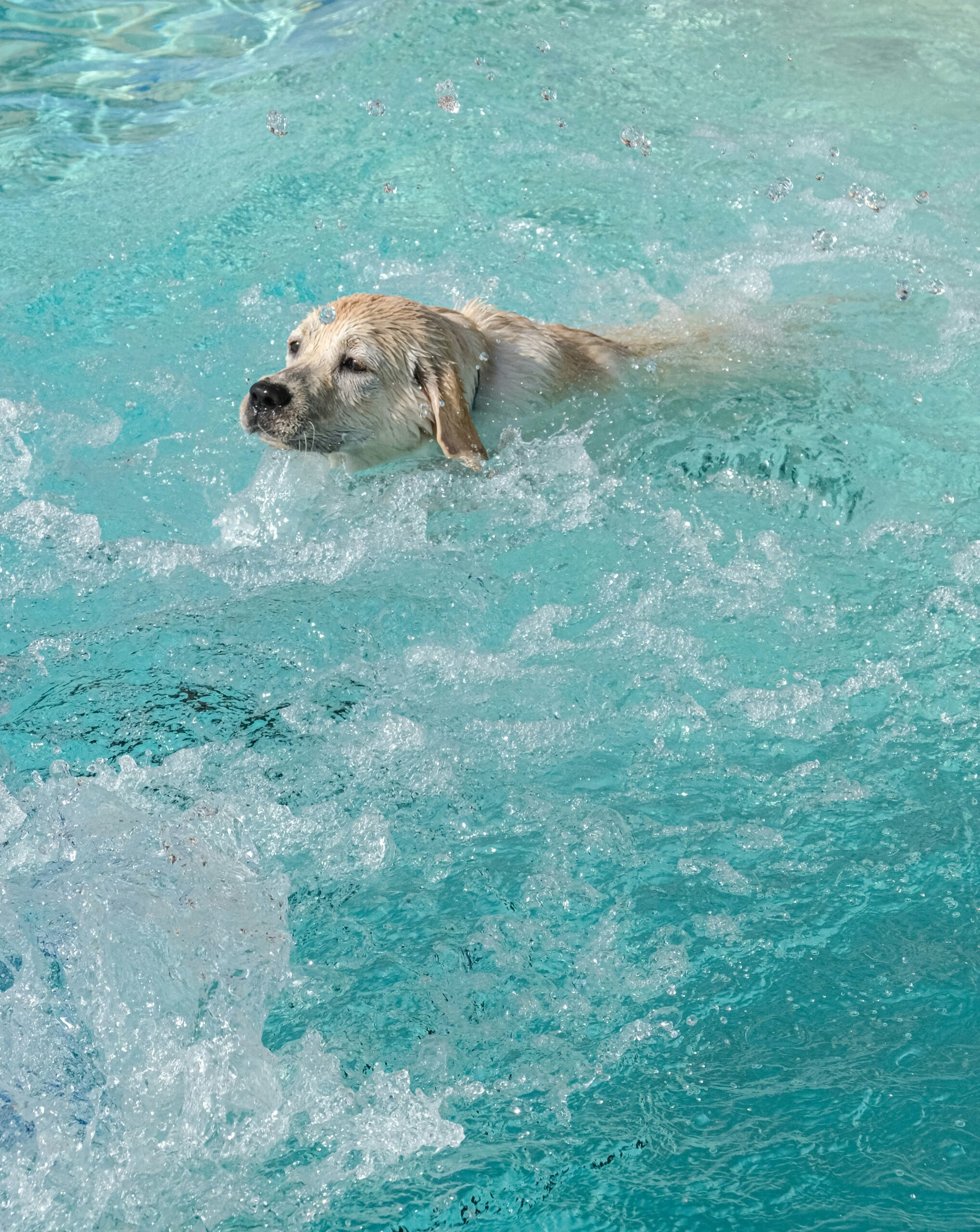Training a dog may seem like a simple task, but it can often become a challenge if you don't have the right knowledge. Training mistakes are common and can significantly affect our pet's behavior. Today we will explore some of the most common mistakes and how we can avoid them to ensure a successful training process.
Lack of Consistency in Training
One of the most common mistakes when training a dog is lack of consistency. Dogs learn through repetition and need to receive the same signals and commands consistently. If today you allow a behavior and tomorrow you correct it, this will generate confusion.
To maintain consistency, set clear rules that everyone in the house must follow. For example, if you decide your dog can't get on the couch, make sure everyone in the family enforces this rule. A structured training plan, writing down specific commands and rewards, can help tremendously. It is crucial that these commands are clear and concise. Here are some tips for maintaining consistency:
- Always use the same words for a command.
- Reward or correct immediately so that the dog relates the action to the consequence.
- Perform short but frequent workouts.
Insufficient or Incorrect Positive Reinforcement
Positive reinforcement is a powerful tool in dog training, but you have to know how to use it correctly to get the best results. Many dog owners unknowingly use rewards that are not motivating to their dogs, or distribute rewards inconsistently.
There are effective ways to ensure that positive reinforcement is well applied:
- Identify rewards that really motivate your dog. This could be a special food, a favorite toy, or even a play session.
- Apply the reward immediately after the desired behavior.
- Vary the rewards to keep the dog's interest high.
Not Understanding Dog Body Language
Understanding your dog's body language is basic to adjust training according to his emotional state and non-verbal communication. A dog can show complicity, stress or disinterest simply through his movements and expressions.
For example, a low tail or tail between the legs may indicate anxiety or fear, while a high and vigorously wagging tail may signal excitement or a willingness to play. It is essential to learn to read these signals:
- Ears: Erect or forward-facing ears usually indicate curiosity or attention, while backward-facing ears may signify discomfort or submissiveness.
- Body posture: A stiff body can be a sign of tension, while a relaxed posture indicates calmness.
- Vocalization: Crying or grunting can express different emotions, from restlessness to playfulness.
Inadequate Time for Training
Determining the right time to train your dog is as important as how you do it. Attempting to train a dog when he is exhausted or overstimulated will not yield good results and may even increase frustration for both dog and owner.
To maximize the effectiveness of your training sessions, consider these tips:
- Limit the duration of training sessions to 10-15 minutes to keep the dog's attention.
- Choose times of the day when your dog is alert but not hyperactive, such as after a moderate walk.
- Make sure the environment is quiet and free of distractions to allow maximum concentration.
Avoiding these common mistakes will help you build a stronger and healthier relationship with your dog. Remember, training is an ongoing journey and with patience and consistency, the results will be evident.



